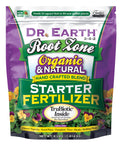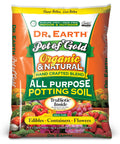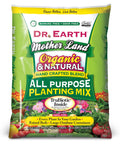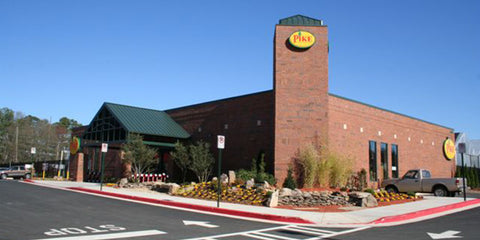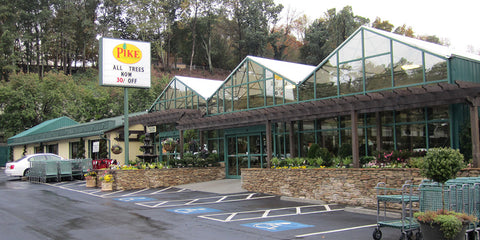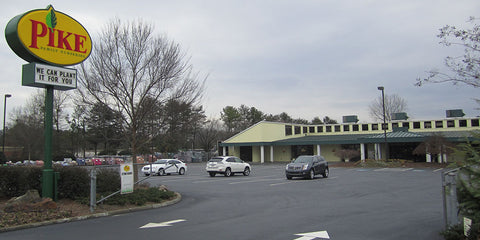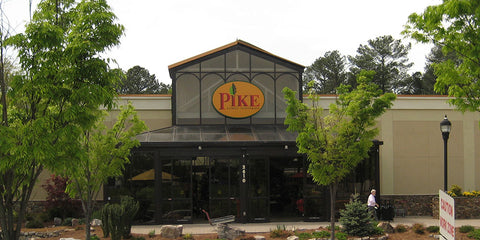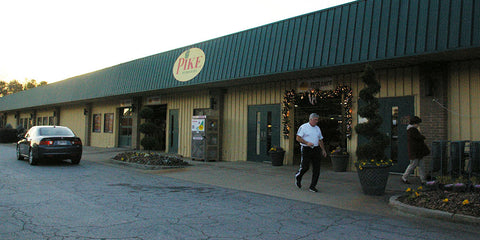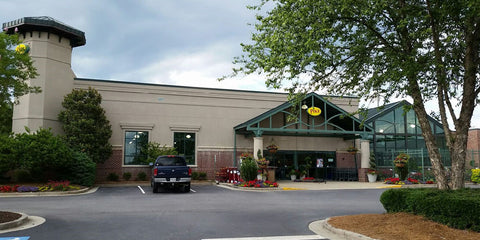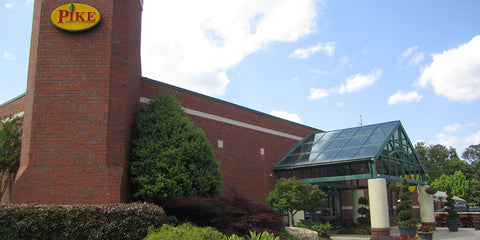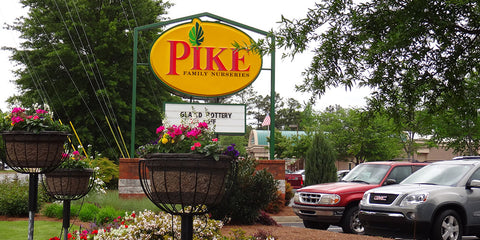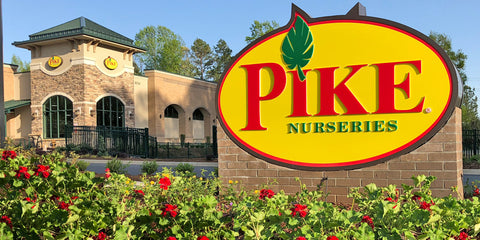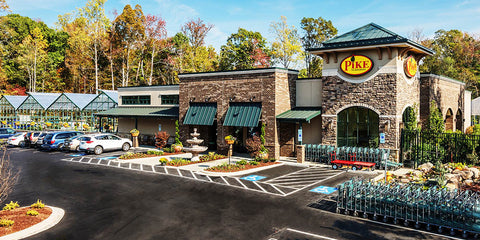Details
Asparagus Fern is a dense herbaceous perennial vine with a twining and trailing habit of growth. It brings an extremely fine and delicate texture to the garden composition and should be used to full effect.
This is a relatively low maintenance plant, and is best cleaned up in early spring before it resumes active growth for the season. Gardeners should be aware of the following characteristic(s) that may warrant special consideration:
- Invasive
- Insects
Asparagus Fern is recommended for the following landscape applications:
- Accent
- Mass Planting
- General Garden Use
- Container Planting
Features
Asparagus Fern's attractive tiny ferny leaves remain light green in color throughout the season. It produces green berries from mid summer to mid fall, which fade to black over time. The flowers are not ornamentally significant.
Care
Planting & Growing
Asparagus Fern will grow to be about 5 feet tall at maturity, with a spread of 24 inches. As a climbing vine, it should either be planted near a fence, trellis or other landscape structure where it can be trained to grow upwards on it, or allowed to trail off a retaining wall or slope. It grows at a fast rate, and under ideal conditions can be expected to live for approximately 10 years.
This plant does best in partial shade to shade. It does best in average to evenly moist conditions, but will not tolerate standing water. It is particular about its soil conditions, with a strong preference for rich, acidic soils. It is somewhat tolerant of urban pollution. This species is not originally from North America.
Asparagus Fern is a fine choice for the garden, but it is also a good selection for planting in outdoor pots and containers. Because of its spreading habit of growth, it is ideally suited for use as a 'spiller' in the 'spiller-thriller-filler' container combination; plant it near the edges where it can spill gracefully over the pot. It is even sizeable enough that it can be grown alone in a suitable container. Note that when growing plants in outdoor containers and baskets, they may require more frequent waterings than they would in the yard or garden.


